First Ever PEAK Experiences Awards Announced for Fall 2019!
The PEAK Experiences Awards are a progressively structured sequence of opportunities designed to support learners as they continue climbing to new heights of achievement in undergraduate research and creative endeavor throughout their Northeastern journeys. From the beginner surveying the landscape with establishing a Base Camp, to those gaining experience while making the Ascent and Building Bridges, to those reaching the Summit, the PEAK Experiences Awards offer something for everyone.
Through these awards, the Office of Undergraduate Research and Fellowships will provide financial and academic support to 7 Base Camp projects, 8 Ascent projects, 9 Bridge-Builder projects, and 17 Summit projects; supported projects span a multitude of disciplines and professional fields across Northeastern University’s various colleges.
Join us in congratulating the Northeastern undergraduate students who are the first-ever recipients of the Fall 2019 PEAK Experiences Awards:
BASE CAMP AWARDS
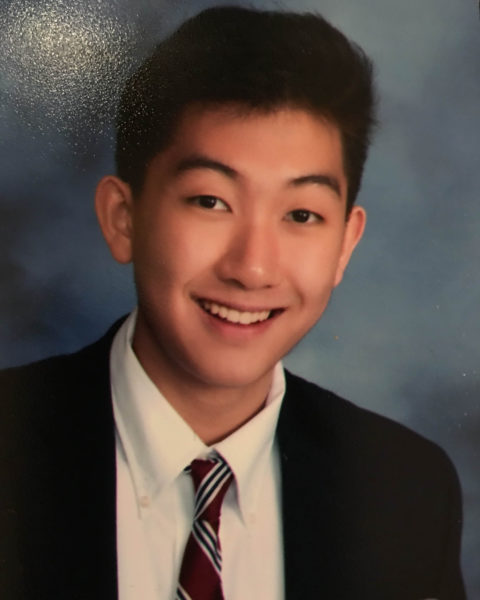 Manduca Sexta
Manduca Sexta
STUDENT(S): Andrew Chang COS’22
MENTOR: Professor Wendy Smith, Biology
This project uses an insect model to study the genetic basis through which beneficial immunological effects are produced in the offspring of parents that have experienced environmental stress from bacterial exposure. My role will be to perform various laboratory assays to help identify the molecular pathways underlying this exciting phenomenon.
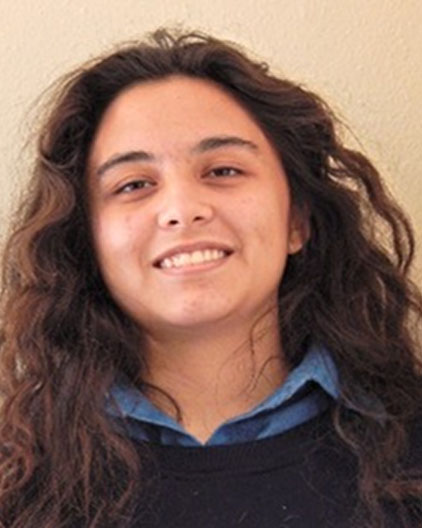 Fabric of Online Speech: Reddit Analysis
Fabric of Online Speech: Reddit Analysis
STUDENT(S): Gibby Free Khoury’22
MENTOR: Professor Aleszu Bajak, Journalism
This project intends to aggregate, analyze, and visualize textual data retrieved from Reddit comments related to controversial issues. The goal is to provide insight on the nature of online speech (its civility and lack thereof) when adjacent to a controversial topic.
 Transgenerational Immunity
Transgenerational Immunity
STUDENT(S): Aileen Levan COS’22
MENTOR: Professor Wendy Smith, Biology
I hope to assist in studying if parental bacterial exposure affects offspring immunity in insects, specifically using rt-PCR to study miRNA expression in reproductive tissue, in addition to other assays to study various biochemical changes, such as cholesterol, protein, hemolin, and PPO.
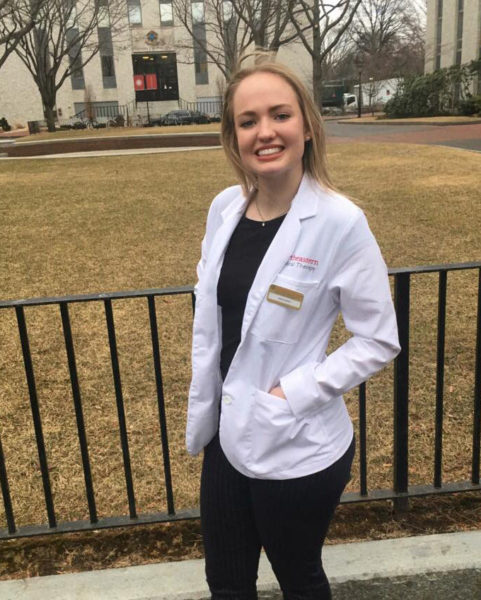 Validating a Real-World Trail Making Task to Characterize Hidden Impairments in Stroke Survivors
Validating a Real-World Trail Making Task to Characterize Hidden Impairments in Stroke Survivors
STUDENT(S): Alison Natter Bouvé’20
MENTOR: Professor Eugene Tunik, Physical Therapy/Movement/Rehab Science
The overall goal for this project is to functionally assess the extent of hidden impairment in individuals with stroke using eye-tracking. I will be assisting Dr. Tunik’s team with subject recruitment and data collection.
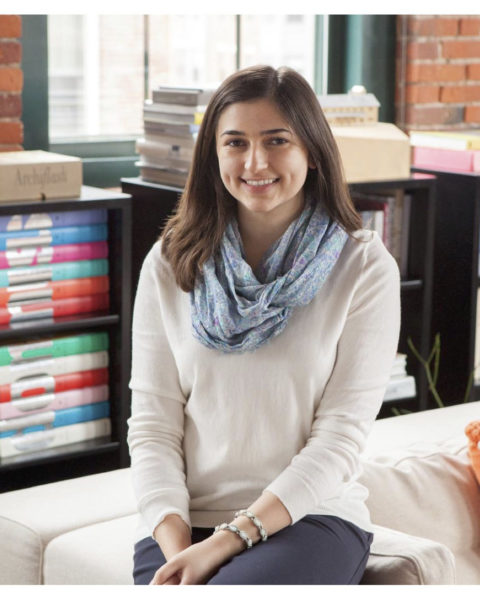 Rethinking the Public
Rethinking the Public
STUDENT(S): Kathryn Platt CAMD’20
MENTOR: Professor Lucy Maulsby, Architecture
The project will explore spatial design changes that are not just specialized to meet the needs of a catalyst, but that positively impact people outside the intended user group as well.
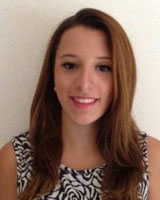 Human Trafficking Data Availability
Human Trafficking Data Availability
STUDENT(S): Leticia Reyes Gonzalez COE’20
MENTOR: Professor Kayse Maass, Mechanical & Industrial Engineering
This project studies the availability of qualitative and quantitative human trafficking data and investigating its applicability as inputs into industrial engineering models.
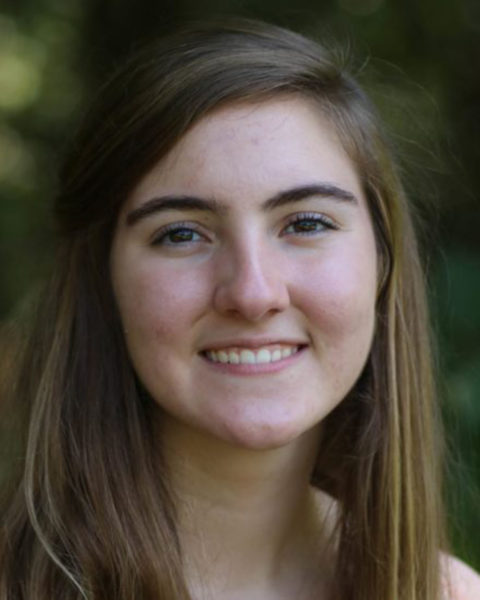 A Neuroergonomic Approach to Virtual Grasping
A Neuroergonomic Approach to Virtual Grasping
STUDENT(S): Andrea Smith COE’22
MENTOR: Professor Eugene Tunik, Physical Therapy/Movement/Rehab Science
The goal of this project is to improve human interactions with virtual reality by studying collision detection parameters using a neuroergonomic approach.
ASCENT AWARDS
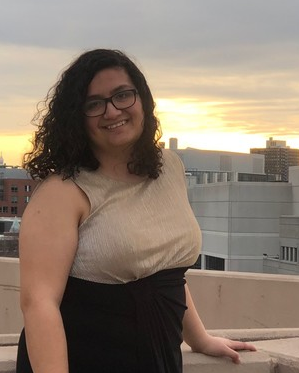 Mobile Health Systems and Physical Activity Trackers
Mobile Health Systems and Physical Activity Trackers
STUDENT(S): Nur Akbulut COS’21
MENTOR: Professor Andrea Parker, Computer Science
This project is a continuation of the project that I have been working on for the past year that investigates how mHealth systems, physical activity trackers, and storytelling can be used to promote physical activity in families in low socioeconomic status. The current topic that I will be diving into uses the data collected from the initial project that included verbal responses from children to questions about physical activity. These responses will be transcribed, coded, and analyzed to see any trends among how children may think about or view physical activity.
 Northeastern University Public Evaluation Lab
Northeastern University Public Evaluation Lab
STUDENT(S): Jenna Bourassa COS’21
MENTOR: Professor Laurie Dopkins, Public Policy and Urban Affairs
In this lab, various community partners and programs are evaluated using focus groups and qualitative data analysis methods. In doing this, NU-PEL can determine and present the strengths and needs of these organizations so that they may adjust their policies and practices. With these adjustments put into place, the overall health and wellbeing of the community members that they engage with are expected to improve significantly. This specific project focuses on improving the organizational and evaluation capacity of the nonprofit Little Brothers Friends of the Elderly.
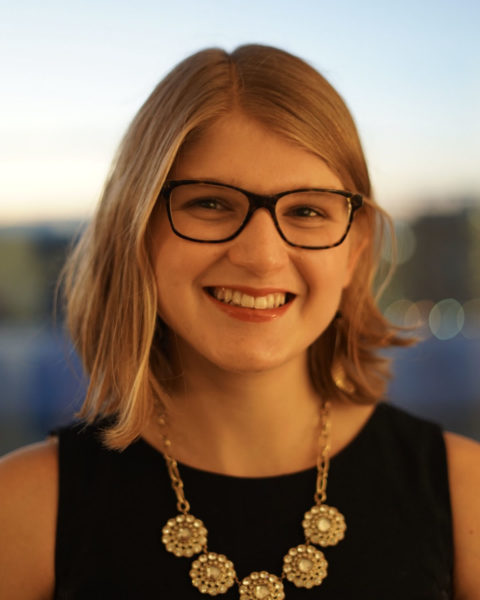 Characterization of Replies to #MeToo Disclosures of Sexual Assault
Characterization of Replies to #MeToo Disclosures of Sexual Assault
STUDENT(S): Abigail Cahill COS’18
MENTOR: Professor Alisa Lincoln, Health Sciences
As part of the #MeToo movement, millions of Twitter users disclosed their stories of sexual assault. While millions more responded to these disclosures, the content of these responses has yet to be investigated. We seek to characterize the sentiments of a large sample of replies to sexual assault disclosures while also identifying types of social support and stigma that are employed. We hypothesize that while most replies will likely be in support of the sexual assault victim, there will exist networks in which victims receive a negative, stigmatized response. Our results will be disseminated at 2020 Spring RISE.
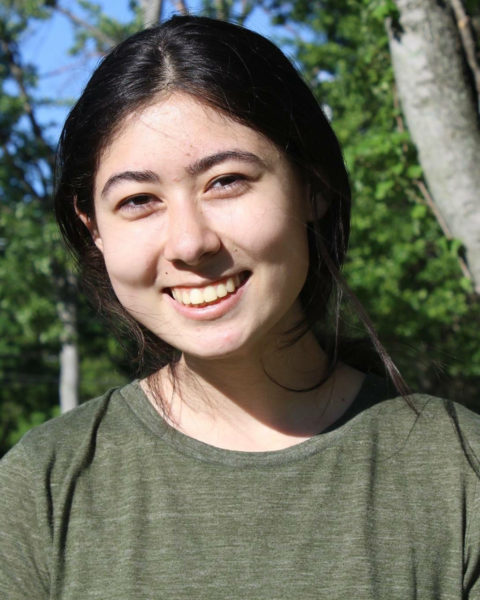 Rates of Dissolution of Quantum Dots Influenced by Organic Ligands
Rates of Dissolution of Quantum Dots Influenced by Organic Ligands
STUDENT(S): Anne Ikemoto COE’23
MENTOR: Professor Philip Larese-Casanova, Civil & Environmental Engineering
Quantum dots (QDs) are mixed-mineral nanocrystals found in many consumer products. When these products are disposed, QDs can enter the environment giving a need to determine their stability and longevity. This project will assess what happens when QDs enter water environments by analyzing their rates of dissolution. Landfill leachate will be mimicked by using organic ligands and an ICP-MS will take samples at different time points to calculate the rate. It is expected the QDs will have different rates of dissolution, influenced by the properties of the ligand. The results will be presented at the 2020 NU RISE Expo.
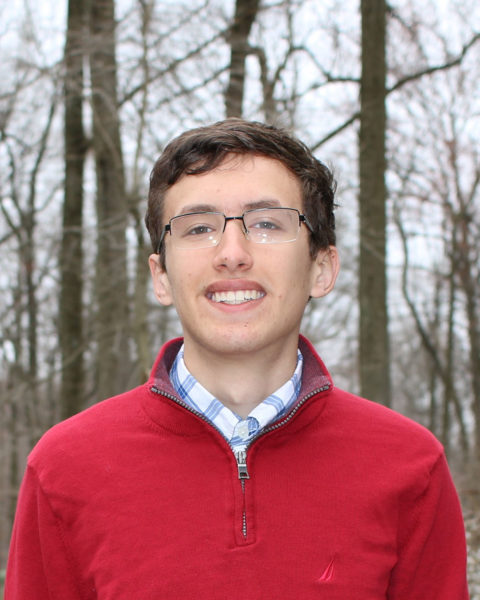 Engineering Apyrase-Modified Cryogels for the Suppression of T-cell-mediated Immune Responses
Engineering Apyrase-Modified Cryogels for the Suppression of T-cell-mediated Immune Responses
STUDENT(S): Christopher Meehan COE’22
MENTOR: Professor Sidi Bencherif, Chemical Engineering
This project seeks to test the attachment of functioning apyrase, a protein, to cryogels, an injectable cross-linked polymer, using several different attachment and protection techniques. The apyrase produces adenosine, a key factor in the regulation and suppression of immune system. This is important in the case of autoimmune diseases, where the immune system attacks healthy cells. By attaching this protein to the cryogel and confirming its performance through tests on cultured T-cells, we could confirm the potential viability of an injectable treatment for those suffering with autoimmune diseases.
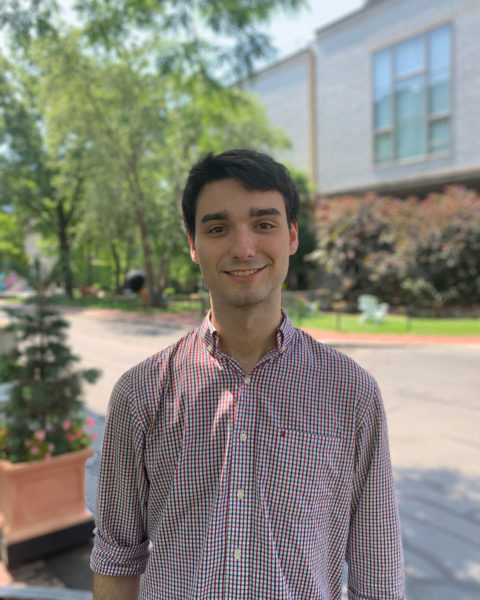 Unlocking the Full Potential of Cryogel-Based Cancer Vaccines by Encapsulating CpG ODN with Lipoaminoglycosides
Unlocking the Full Potential of Cryogel-Based Cancer Vaccines by Encapsulating CpG ODN with Lipoaminoglycosides
STUDENT(S): Michael Parrish COE’20
MENTOR: Professor Sidi Bencherif, Chemical Engineering
A therapeutic cancer vaccine, using injectable, macroporous cryogels, showed promising results in a melanoma mouse model. This vaccine encapsulates GM-CSF and CpG ODN, immunomodulatory factors that reprogram a patient’s immune system to detect and destroy cancer cells. To maximize this therapy’s efficacy, CpG ODN will be condensed into lipoplexes using DNA delivery vehicles called lipoaminoglycosides, which are expected to (1) increase the amount of CpG ODN that is loaded onto the cryogel matrix, (2) increase the efficiency of CpG ODN delivery to dendritic cells and (3) modulate the release profile of CpG ODN in vivo.
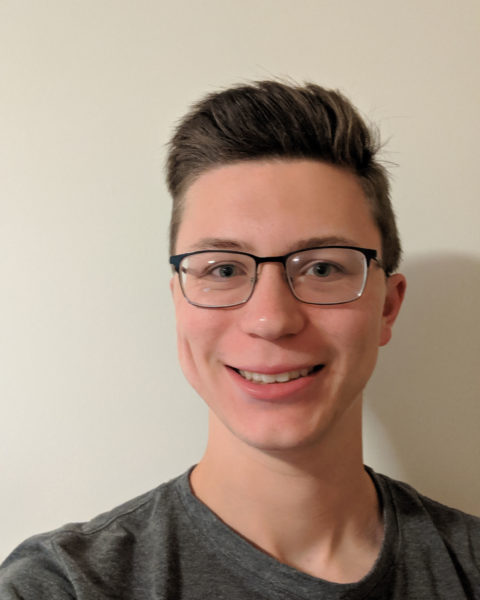 Mucoadhesion of Cysteine-Modified Thermoresponsive Hydrogel Scaffolds Under Shear Stress
Mucoadhesion of Cysteine-Modified Thermoresponsive Hydrogel Scaffolds Under Shear Stress
STUDENT(S): Owen Poisson COE’23
MENTOR: Professor Adam Ekenseair, Chemical Engineering
Inflammatory bowel disease harms quality of life and causes complications requiring hospitalization and surgery. Stem cell delivery targets underlying symptoms, unlike current treatments, but suffers from low efficiency and cell viability. Biomaterial scaffolds offer improved viability and non-invasive local delivery. This project will investigate the synthesis and modification of sprayable biomaterial scaffolds to deliver cell populations on-demand directly to the surface of the intestinal mucosa. The effects of modification on coating retention and cell delivery will be evaluated ex vivo under physiologically-relevant shear forces in a custom-made flow chamber. Results will be disseminated by publication and presentation at scientific conferences.
BRIDGE-BUILDER AWARDS
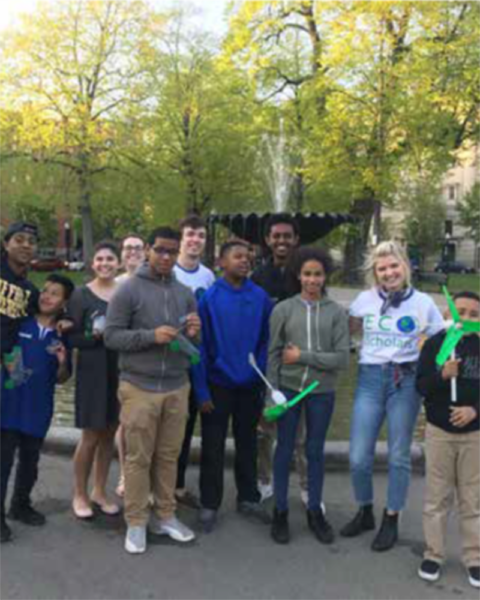 Boston EcoScholars
Boston EcoScholars
Primary Applicants: Olivia Chagnon COS ’22 and Kai Gravel-Puccillo COS ’21
Other Collaborators: Archana Apte, Julia Buckner, Savanna Burchett, Celia Conway, Chris D’Agostino, Binh Dang, Kelsey Davis, Anna Donnelly, Catalina Echeverry, Elisa Figueras, Ava Gallo, Jane Healy, Samatha Hoch, Daniel Koerner, Chloe Merat, Kayla Sklar, Paola Stuparich Noel
The EcoScholars Program seeks to offer environmental education lessons to K-12 students in the Boston area. These lessons focus on climate change, its implications for the planet’s future, and everyday actions that can be taken to reduce one’s “ecological footprint.”
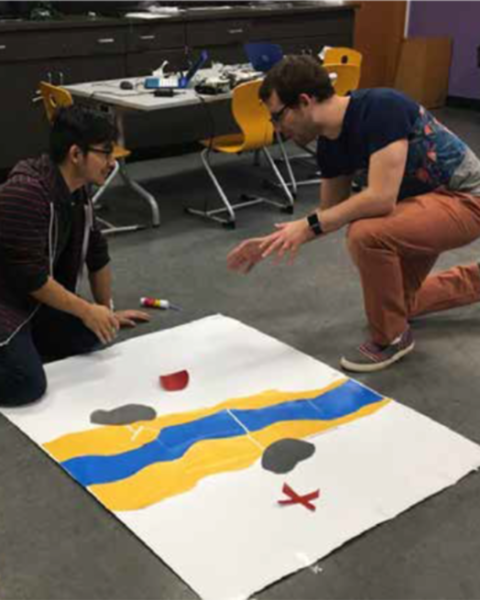 Bits & Bots
Bits & Bots
Primary Applicants: John Harrington COE’21 and Daniel Rassaby Khoury ’21
Other Collaborators: Rheisen Dennis
Bits & Bots provides an after-school education program for elementary and middle school students. The focus of this program is computer programming and robotics. In the fall, group members will focus on research and curriculum development; in the spring, they will resume offering classes to students.
 Husky High School Hacks
Husky High School Hacks
Primary Applicant: Logan Jones COS’21
Other Collaborators: Sacheverel Eldrid, Sydney Mason, Luke Novak, Ruth Olowoyeye, Mahema Singh
Husky High School Hacks aims to develop and stage a series of “hackathons” for high school students in the Boston area. Defined by the project group as “short events that pose students with challenges that they can form groups to solve,” these “hackathons” are intended to promote collaborative and engaged learning.
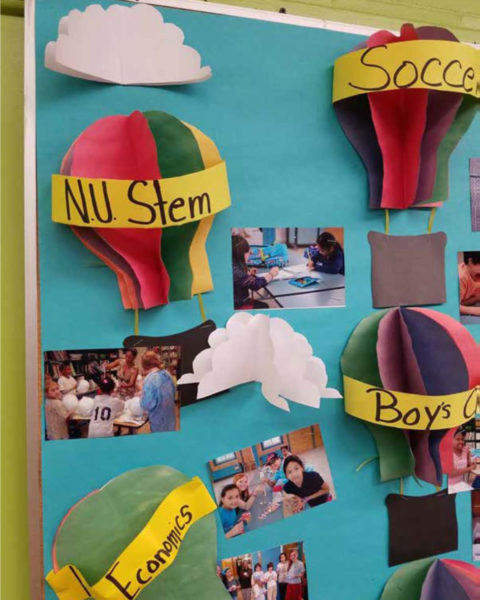 STEMVentures
STEMVentures
Primary Applicants: Lilly Carlson COE ’23, Anjali Kokra COE’21, and Cory Langenbach COE ’22
Other Collaborators: Jaeson Jun, Ethan Lee, Jack Marson, Sophia Paxton, Isabelle Prescott, Hadley Wiggin
This project group leads extracurricular STEM programs for children in the Boston area. It has a well-established relationship with a local K-8 school and will begin offering additional courses at a public library this academic year.
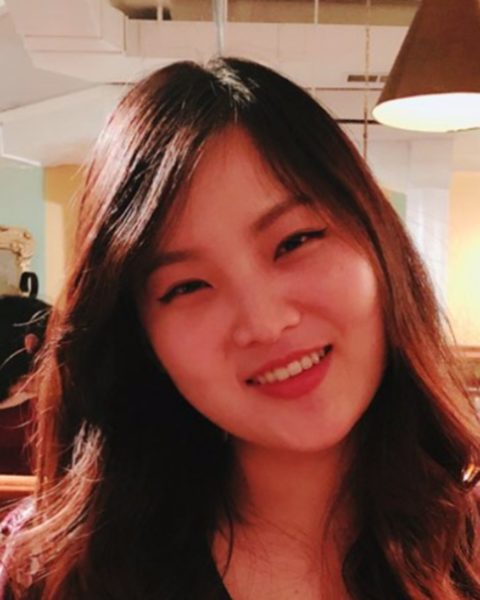 Caring Crafts
Caring Crafts
Primary Applicant: Na Yoon “Julie” Kim COE’21
Other Collaborators: Kristy Chow, Zoe Liao, Barbara Missaka
This project group will develop and deliver crafting sessions for seniors with Alzheimer’s in long-term care centers.
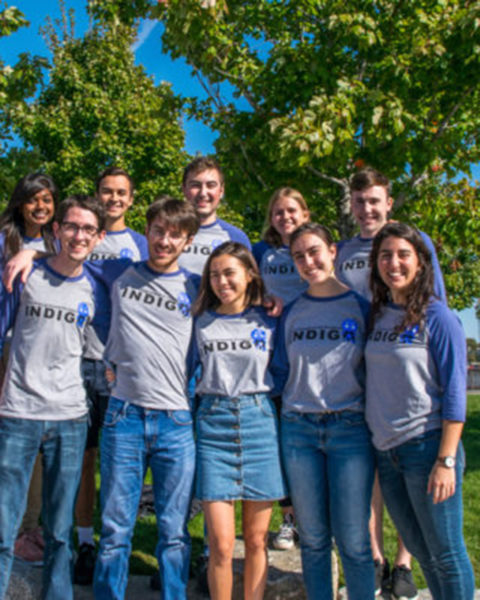
Playground Project Indigo
Primary Applicant: Daniel Ostberg COE’20
Other Collaborators: Charles Chierico, Elise Dovletoglou
This project group strives to increase the number and quality of inclusive playgrounds in Boston. Its members have developed a “scorecard” that they use to assess the inclusivity of individual playgrounds.
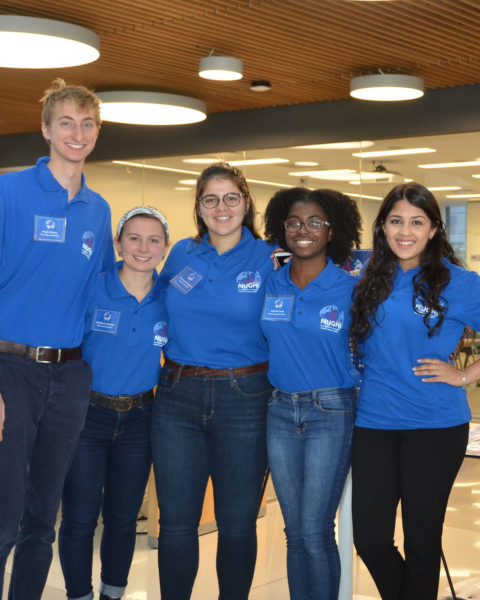 Malaria Free World/NUGHI
Malaria Free World/NUGHI
Primary Applicants: Francesca Giorgianni CSSH ’21, Adriell Louis COS ’21, Hugh Shirley COS ’19, and Kritika Singh COE’20
Other Collaborators: Anisa Amiji, Andy Brady, Theodora Christopher, Jason Ingerick, Sunyou Kang, Ramya Kumar, Andrew Lee, Fatemah Mukadum, Ana Carolina Sardinha, and Nyle Sharif
This project group works with the non-profit Malaria Free World, which seeks to promote awareness of malaria and other infectious diseases. The group also developed and promoted the Northeastern University Global Health Initiative (NUGHI) conference, which took place October 19-20, 2018 on the Northeastern campus, and is currently organizing a second global health conference in collaboration with various Northeastern offices.
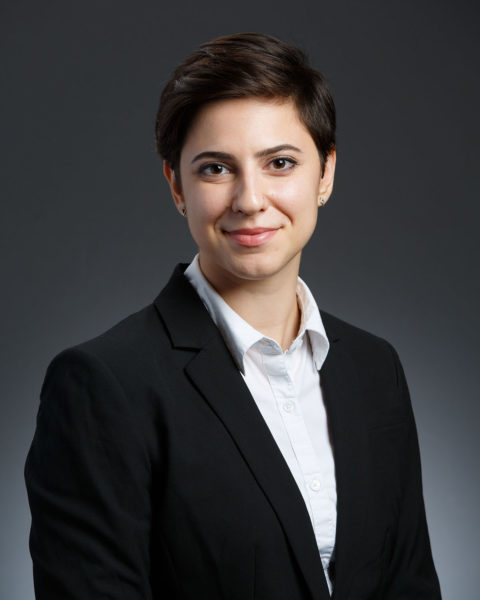 Think Like a Scientist!
Think Like a Scientist!
Primary Applicant: Alexandra Spak COE’21
Other Collaborators: Claire Williams, Whitney Kuwamoto
The benefits of teaching STEM as early as possible are well-known, and many STEM education programs exist. However, the long-term STEM retention rate is still low. As students in these fields, we aim to encourage young students to pursue a STEM education through workshops with NU’s chapter of Sigma Xi, the Scientific Research Honor Society. These workshops will culminate in a well-researched and comprehensive STEM curriculum designed to instill confidence in students’ scientific abilities, represent diversity in STEM professions, and challenge students to question their current assumptions about STEM. Our goal is to help students think like a scientist!
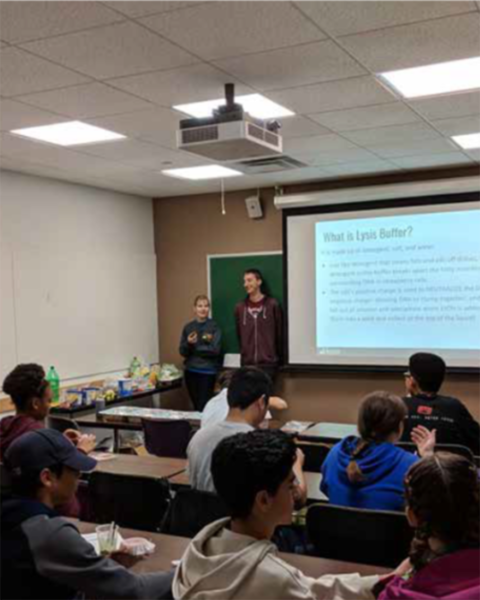 Science Squad
Science Squad
Primary Applicants: Tyler Gogal COE ’21 and Ffion Titmuss COS ’21
Other Collaborators: Neeloy Bose, Nithin Chintala, Anja Deric, Maria Paz, Hugh Shirley, Kritika Singh
The Science Squad focuses on getting children and adolescents excited about science. The group volunteers in the science department at a local secondary school and at science fairs around Boston; they also teach experimentation classes via the Northeastern NEPTUN program.
SUMMIT AWARDS
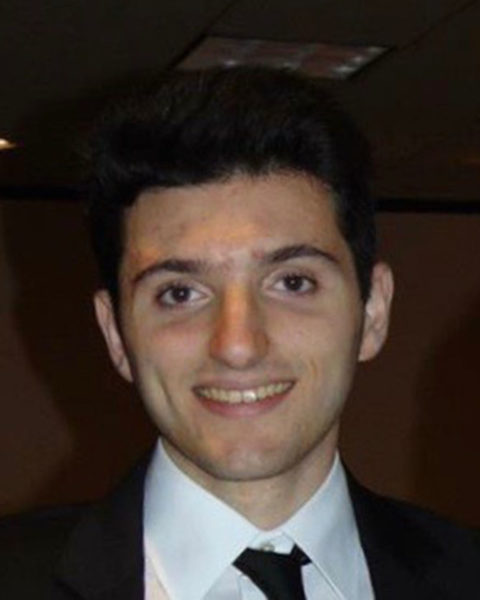 Modulation of Nav1.8 via Phosphatidylinositol-4,5-bisphosphate
Modulation of Nav1.8 via Phosphatidylinositol-4,5-bisphosphate
STUDENT(S): Austin Baggetta Bouvé’20
MENTOR: Professor Leigh Plant, Pharmaceutical Science
Nav1.8 is an important voltage-gated sodium channel that is involved in pain perception and modulation of the PR interval and QRS duration of the electrocardiogram. It is possible that Nav1.8 activity is modulated by the membrane phospholipid phosphatidylinositol-4,5-bisphosphate (PIP2) as this phospholipid affects the activity of other ion channels. By using patch clamp electrophysiology with ND7/23 cells, dorsal root ganglia, and intracardiac ganglia neurons, it will be possible to determine PIP2’s role in modulating Nav1.8’s activity. Understanding this potential mechanism will bolster the field’s knowledge regarding PIP2 and initiate research regarding different Nav1.8 pathophysiological states and their connection to PIP2.
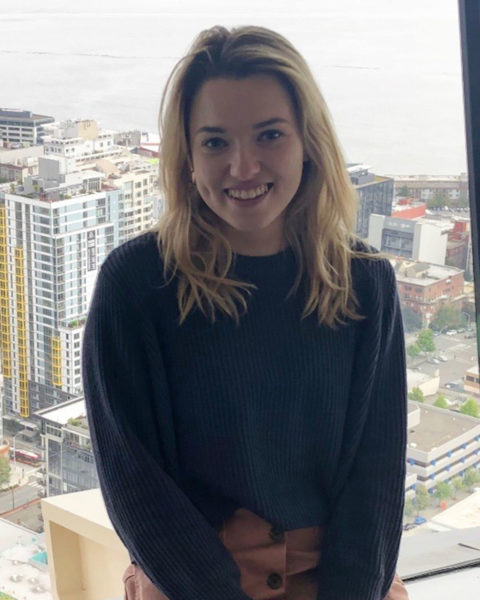 The Role of Persister Cells in the Recovery of the Gut Microbiota Post-Antibiotic Treatment
The Role of Persister Cells in the Recovery of the Gut Microbiota Post-Antibiotic Treatment
STUDENT(S): Hannah Carrow COS’21
MENTOR: Professor Kim Lewis, Biology
The gut microbiota plays an important role in human health, and antibiotics are commonly used as treatment for many conditions, which can cause drastic changes to the microbiota. Therefore, this project seeks to explore the role that intestinal-associated bacterial persister cells that are transiently unaffected by antibiotics have in recovery of the gut microbiota after antibiotic treatment. To do this, beneficial bacteria that are high persister mutants will be isolated from stool samples and studied to see how they may help a microbiota community rebound after antibiotic treatment. I plan to share my findings at a poster session like RISE.
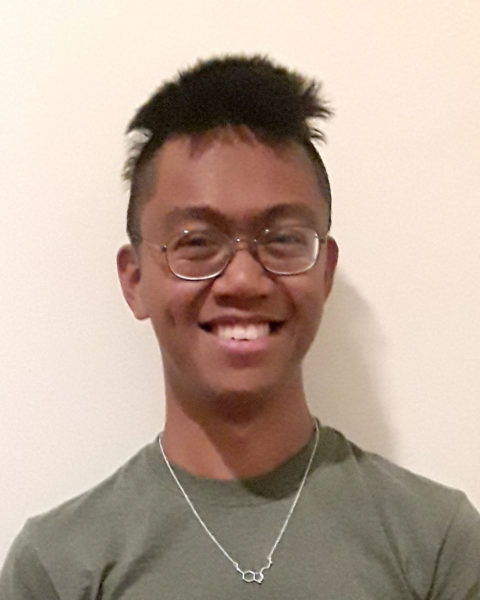 Measuring Concentrations of PM2.5 within Vehicles of the MBTA Light Rail System
Measuring Concentrations of PM2.5 within Vehicles of the MBTA Light Rail System
STUDENT(S): Edgar Castro COE’20
MENTOR: Professor Amy Mueller, Civil & Environmental Engineering
Prominent studies have linked increases in particulate matter to increases in daily mortality, but particulate matter data in certain public spaces can be limited. The interiors of vehicles on the MBTA’s light rail system represent one such public space for which no particulate matter data exists. This project aims to elucidate the concentrations of particulate matter inside the T’s vehicles by sampling from the inside of these cars during normal operation by using a portable air quality monitor. By the end of the project, the raw data, processing code, and an interactive visualization will be released.
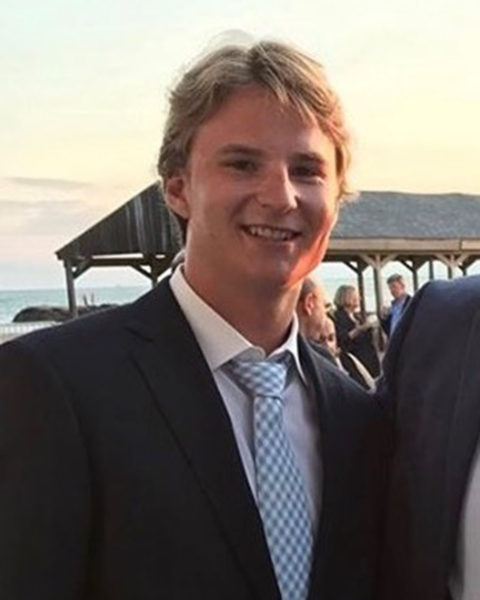 Engineering the Immune Adaptor Protein STING towards KRAS-LKB1 (KL) Mutant Lung Cancer
Engineering the Immune Adaptor Protein STING towards KRAS-LKB1 (KL) Mutant Lung Cancer
STUDENT(S): Thomas Conway COE’21
MENTOR: Professor Jiahe Li, Bioengineering
Lung cancer is the leading cause of cancer death among both men and women, yet only 15% of these patients respond to checkpoint inhibitor blockades (ICBs). An absence or reduction of Stimulator of Interferon Gene (STING) protein in tumor cells promotes the ICB resistance. We are developing a way to deliver recombinant STING protein to tumor cells through fusion with a cell penetrating peptide to reverse the ICB resistance. We will be testing the uptake and activity of the protein in STING-deficient lung cancer cell lines. The results will be published in a reputable journal and presented at RISE 2020.
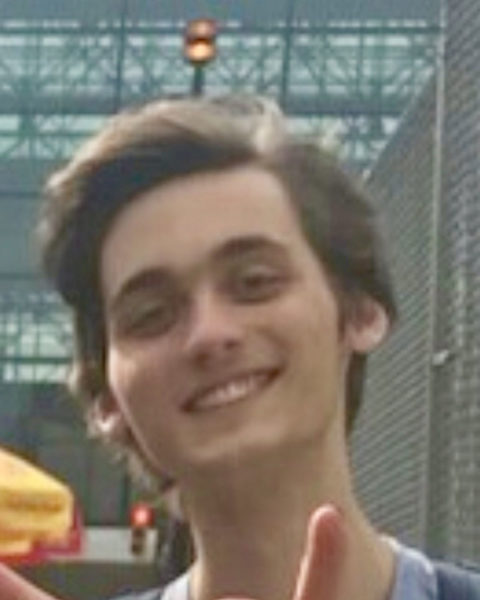 Data-Enhanced Deep Decoder
Data-Enhanced Deep Decoder
STUDENT(S): Max Daniels Khoury’23
MENTOR: Professor Paul Hand, Computer Science
For a given dataset, a generative machine learning model can be used to generate plausible examples of fake data that are similar to the real data. Typically, this involves computing a compressed data representation that captures important characteristics and ignores unimportant or noisy features. These models can also be used to repair corrupted data samples, by searching over the compressed representations to find the generator output that most closely matches the known, uncorrupted parts of a sample. This project investigates how generative models can be combined with untrained, data-independent models to improve their performance in data reconstruction tasks.
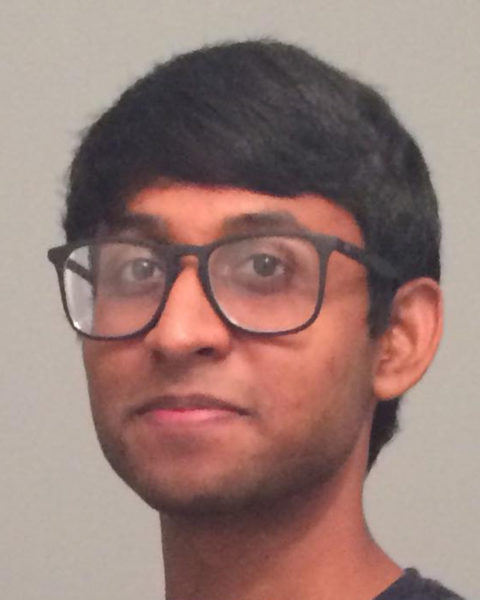 A Network Approach to Predicting the Effects of Mutations
A Network Approach to Predicting the Effects of Mutations
STUDENT(S): Anush Devadhasan COS’20
MENTOR: Professor Albert-Laszlo Barbasi, Physics
Biology is complex, with numerous interacting components giving rise to sophisticated behaviors. The ability to predict the response of biological systems to perturbations remains a significant open challenge. I propose a network-based framework to address the following: If a particular gene is knocked-out (perturbation), which set of genes will be significantly differentially expressed (response)? The proposed framework for predicting the perturbational response of biological systems to gene knockouts would provide a fast, cheaper alternative to knockout experiments which are abundant in research. Further, it would address fundamental assumptions made regarding gene expression perturbational patterns for the first time.
 Evaluation of Mitophagy in Metaphase II-Staged Oocytes: Potential Mechanism for Decline in Oocyte Quality with Age
Evaluation of Mitophagy in Metaphase II-Staged Oocytes: Potential Mechanism for Decline in Oocyte Quality with Age
STUDENT(S): Efosa Enoma COS’21
MENTOR: Professor Dori Woods, Biology
During metaphase II in oocytes (the stage immediately prior to fertilization), it is hypothesized that mitophagy is paused and does not resume again in blastocysts until around the embryonic 4 cell stage in mammals (day 5 or 6 in human development).To determine if oocyte mitochondria can evade mitophagy, as well as participate in fission and fusion, transplanted mitochondria will be evaluated for the onset of mitophagy, as well as a collective set of protein markers for fission in fusion. I plan to share my findings in a poster and to hopefully publish it.
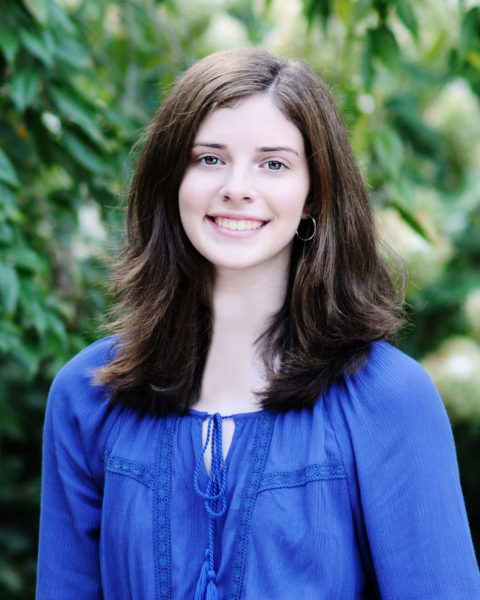 Lactic Acidosis: A Cellular Response to Functional Iron Insufficiency
Lactic Acidosis: A Cellular Response to Functional Iron Insufficiency
STUDENT(S): Caroline Ghio COE’21
MENTOR: Professor Abigail Koppes, Chemical Engineering
This study builds upon previous investigation of the impact of metabolic intermediates/products of glycolysis on iron absorption in intestinal epithelial cells. Previous research, funded through two Undergraduate Research and Creative Endeavor Awards, showed that lactate encourages uptake of iron into cells and mitochondria. In this study, cells will be exposed to deferoxamine, an iron chelator, and sources of iron and lactate to confirm the relationship between iron and lactic acid and describe a mechanism for this activity. Results will be shared at RISE and submitted to the Biomedical Engineering Society Annual Meeting for presentation and a professional journal for publication.
 Addressing Challenges in Effective Science and Academic Communication
Addressing Challenges in Effective Science and Academic Communication
STUDENT(S): Benjamin Gould CSSH’21
MENTOR: Professor Brian Helmuth, Public Policy and Urban Affairs
Climate change is a global crisis. As we try to combat its effects, we need to communicate scientific findings and advice as effectively as possible to the stakeholders involved in any climate change-related situation. This project will be an interview-based project, comparing current sentiment between the various stakeholders in the town of Nahant, MA, including the Northeastern Marine Science Center, local residents, government, and others with historical theory on academic communication. The project is to create a case study of the shortcomings of the current situation, and how to avoid them in the future, presented upon completion to the MSC.
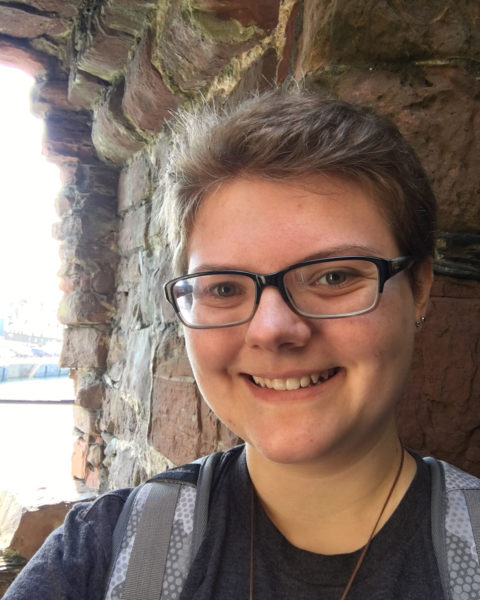 Religion and Intuitive Thinking Evidence (RITE)
Religion and Intuitive Thinking Evidence (RITE)
STUDENT(S): Maria Henriquez COS’21
MENTOR: Professor John Coley, Psychology
The goal of this research is to explore the relationship between religion and intuitive thought, including different religious groups and degree of religiosity. Participants will complete several measures of intuitive thinking in different domains, a religiosity measure, and a demographic questionnaire. This study will be a comprehensive examination of differences in intuitive thinking across different religious groups, and the first to do so using both the cognitive construal theoretical framework and the cognitive reflection task, thus providing a basis for additional research in this area. This study will be submitted to RISE and to an academic journal upon completion.
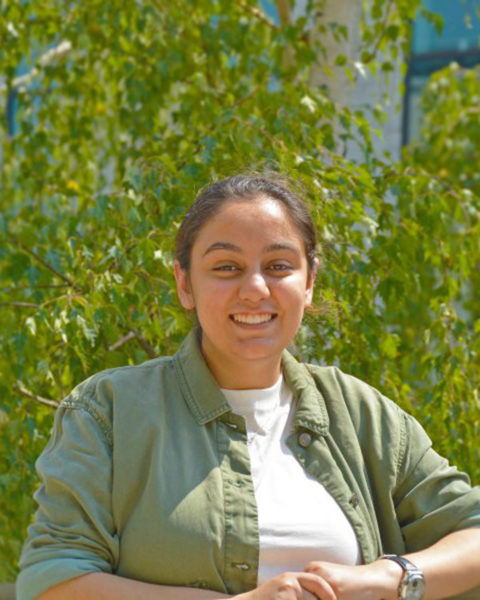 Determining the Capacity of Natural Variants of DNA Damage Polymerase UmuC to Confer Increased Sensitivity to Ultraviolet Radiation
Determining the Capacity of Natural Variants of DNA Damage Polymerase UmuC to Confer Increased Sensitivity to Ultraviolet Radiation
STUDENT(S): Jeanine Nasser Bouvé’22
MENTOR: Professor Penny Beuning, Chemistry & Chemical Biology
DNA damage occurs constantly; when left unrepaired, negative health outcomes can result, including cancer and antibiotic resistance. Thus, cells use many response pathways to ensure their survival and fitness is not compromised. One protein expressed in this response is UmuC, which copies DNA damage resulting from UV radiation. UmuC is a functional homolog of human DNA polymerase eta, a protein associated with skin cancer. Therefore, examining structure-function relationships in UmuC’s ability to copy over DNA lesions provides insight into how its role in mutagenesis contributes to antibiotic resistance development and how polymerase eta may contribute to cancer development in humans.
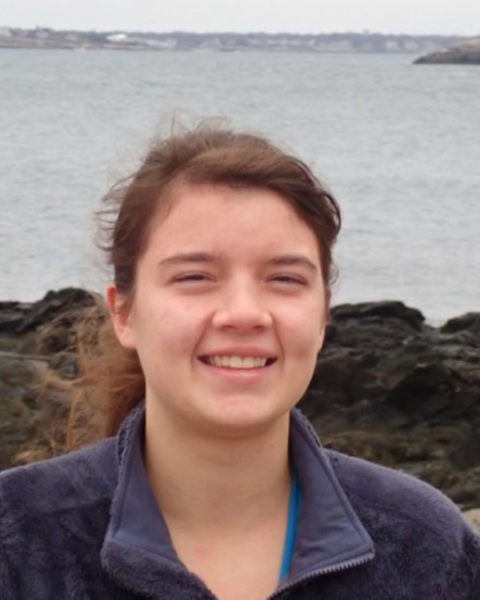 Assessing the Effects of Predation Risk on Oyster Traits in a Floridian Estuary
Assessing the Effects of Predation Risk on Oyster Traits in a Floridian Estuary
STUDENT(S): Allison Noble COS’21
MENTOR: Professor David Kimbro, Marine & Environmental Sciences
This project examines whether oysters develop defensive traits against predation risk given the effects of other environmental factors. Although laboratory experiments show that oysters change shell-building strategies in response to risk of being eaten, it is unclear whether these differences persist in the wild as oysters respond to local physical conditions. We are conducting a survey across natural oyster reefs to see if differences in predator presence and/or environmental gradients are reflected by differences in oyster traits, including shell strength and composition. The results will be written as a scientific paper and shared through scientific conferences and social media.
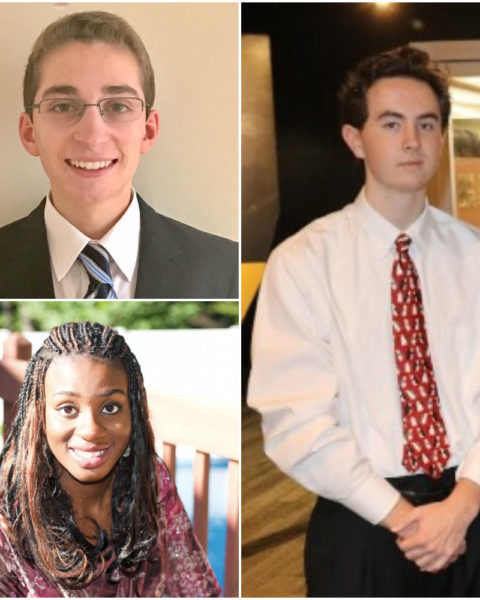 Developing an Assay in Caenorhabditis elegans to Investigate Acinetobacter baumannii Virulence Factors
Developing an Assay in Caenorhabditis elegans to Investigate Acinetobacter baumannii Virulence Factors
STUDENT(S): Ian Proulx COE’23
Matthew DePamphilis COS’20
Chineme Onwubueke COS’20
MENTOR: Professor Veronica Godoy-Carter, Biology
Acinetobacter baumannii is a pathogen that infects hospitalized patients and evades desiccation by acquiring antibiotic resistance. To better understand the toxicity of A. baumanii, we aim to create a robust assay to test the virulence of the bacteria on the survival of the model organism C. elegans. We hypothesize that a mutant strain which results in enhanced biofilm formation will be the most toxic. By further understanding the mechanisms underlining A. baumanii virulence, we hope to provide innovative strategies to eliminate this robust bacterium from clinical wards. We plan on presenting the findings of this project at the ASBMB conference.
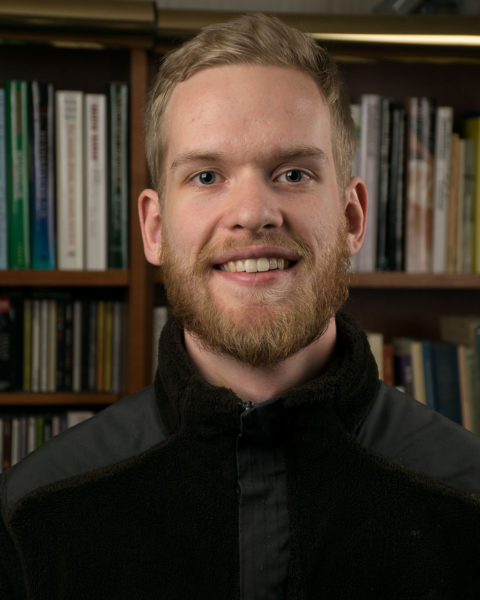 Data Classification for Schema Reparation
Data Classification for Schema Reparation
STUDENT(S): Rickard Stureborg COE’20
MENTOR: Professor Laura Di Rocco, Computer Science
This project will focus on developing a machine learning model capable of regenerating missing column headers from data tables. For example, if a table is missing the header “Year” for one column, we humans would still be able to recognize that the data (2001, 1999, 2009, 1972, etc.) still refers to ‘year’ without relying on the header. Computers can’t do this (yet!). This is especially helpful if you are looking for union-able tables – that is, tables which could be appended to one another – since the headers alone don’t always match (i.e. computers think ‘Year’ and ‘Yr’ are different).
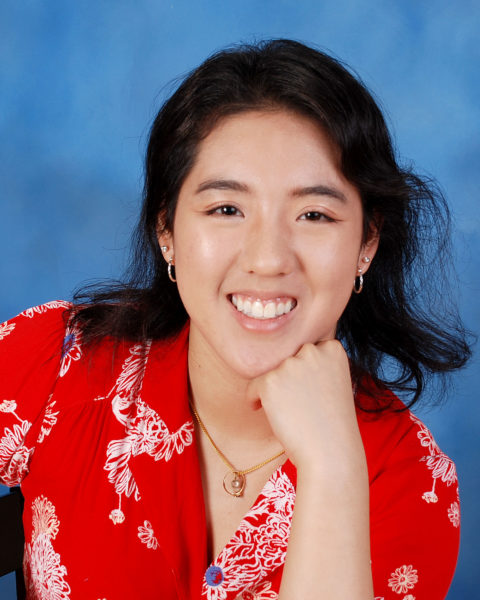 Investigating the Role of Enzyme LdtAb1 in Cell Wall Biogenesis of Acinetobacter baumannii
Investigating the Role of Enzyme LdtAb1 in Cell Wall Biogenesis of Acinetobacter baumannii
STUDENT(S): Amy Tang Khoury’21
MENTOR: Professor Edward Geisinger, Biology
Acinetobacter baumannii is a common hospital pathogen responsible for multidrug resistant-infections. This project seeks to better understand biogenesis of the A. baumannii cell wall, a structure critical for viability. The cell wall is strengthened via crosslinking by transpeptidases that act within multiprotein complexes. An A. baumannii transpeptidase, LdtAb1, is poorly defined despite its key role in cell wall synthesis and forming the rod-shape of the bacterium. I seek to investigate the functions and interactions of LdtAb1 through fluorescence microscopy and molecular genetics approaches. Understanding LdtAb1 and cell wall biogenesis systems has the potential to reveal targets for inhibiting A. baumannii.
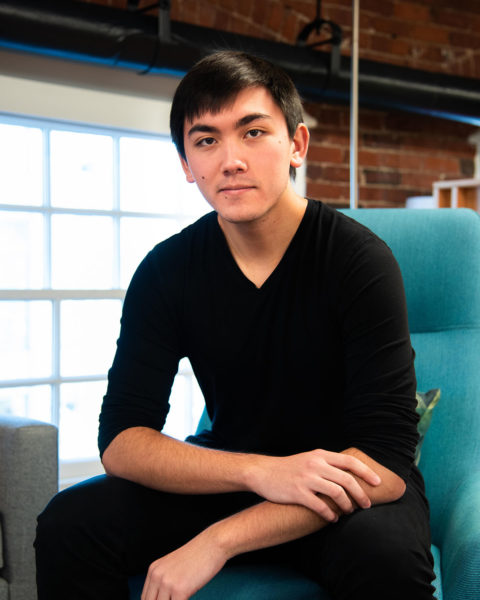 Precision Medicine Approach to Differential Gene Expression Profiling
Precision Medicine Approach to Differential Gene Expression Profiling
STUDENT(S): Aydin Wells COS’20
MENTOR: Professor Albert-Laszlo Barabasi, Physics
From collected distributions of healthy and abnormal patient gene expression (GE) data, comparisons revealing under/overexpression of specific genes elucidate targets for assigned drugs to increase/reduce these unusual expression sites to a normal level. Using genetic assay databases, these drugs are assigned by reverse matching to individual patient GE profiles, essentially an inverse for gene expressions that observes genetic abnormalities. Once effective drug GE profiles are selected, a patient report can be generated to rank the results of effective drugs to said patient’s abnormal GE profile. This foundational methodology would provide an effective pathway (pipeline) for drug-to-patient precision medicine treatment.
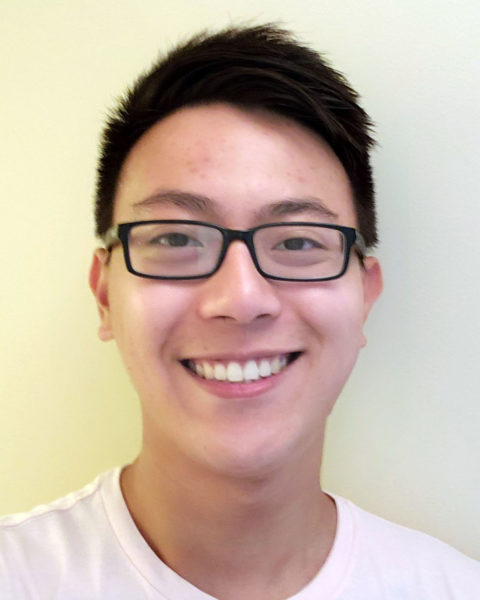 Virtual Reality Training Environments to Promote Children’s Resilience During New Motor Skill Learning
Virtual Reality Training Environments to Promote Children’s Resilience During New Motor Skill Learning
STUDENT(S): Alan Zhou COE’21
MENTOR: Professor Danielle Levac, Physical Therapy/Movement/Rehabilitation Science
The purpose of this project is to user test a virtual reality (VR) training environment designed to facilitate children’s resilience and adaptation during new motor skill learning. I have programmed and taken the lead in creative decisions regarding this task during my involvement as an Honor’s Research Assistant and a Directed Study student in Dr. Levac’s Rehabilitation Games & Virtual Reality Lab over the past 5 months. This PEAK Summit project provides me with the ideal opportunity to further develop my programming skills and to experience testing the VR task with children and youth in a STEM-based educational environment.
